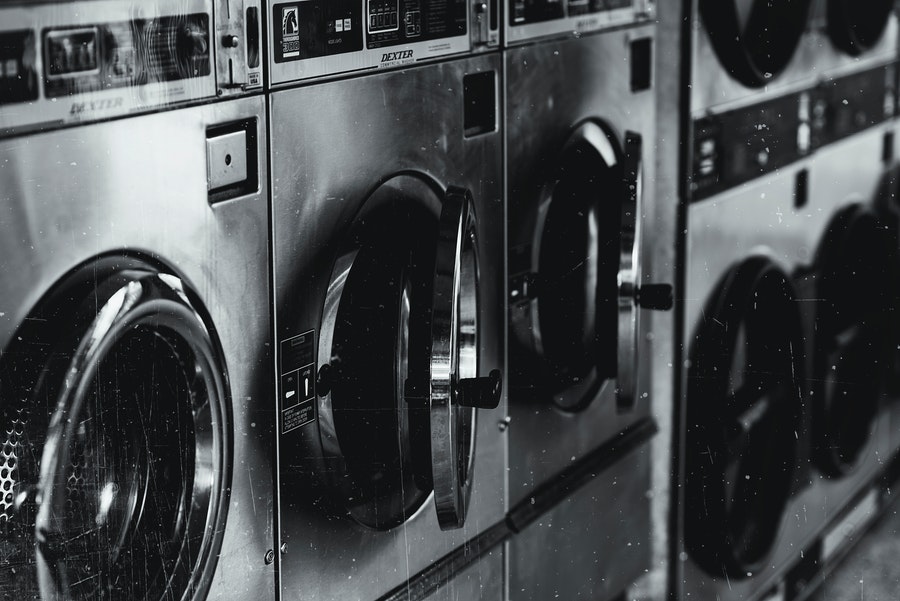
We need to put the brakes on these particles melting the Arctic
Who would have thought that putting your car brakes on is hastening the melting of the polar ice caps?
But a new scientific study by the Norwegian Institute for Air Research and the University of Vienna, Austria, has proved that some microplastic particles shed by tyres and brakes are blown by winds to remote places of our planet, including the Arctic.
Experts have calculated that around 48,000 tonnes of these particles, which are ten times smaller than the width of a human hair, end up in the far north. There, like soot from the burning of fossil fuels, they darken the surface of the ice causing it to absorb more heat from the sun and melt more quickly.
“It is staggering,” said Midlands green energy expert Ron Fox, “how every aspect of our lives can have an effect thousands of miles away which in turn is bad news for all of us on the planet.”
Research has shown that tyres and brake linings are made from a complex blend of materials including plastic. It is estimated that the world’s vehicles shed around six million tonnes of particles annually from their tyres and 500,000 tonnes from their brakes from friction.
Most of them fall by the wayside of the roads and the verges where they are washed away by the rain ending up on the land or in the sea.
But because they are so small and light it is estimated that more than 420,000 of these particles are picked up by the winds and blown long distances around the world.
Andreas Stohl, professor of meteorology at the University of Vienna, who co-authored the study in the journal Nature Communications, said as there were toxic materials in the tyre particles more research was needed to discover the effect on human health and wildlife.
He was supported by The World Health Organization which said there was some evidence to suggest these particles could weaken the human immune system.
However, tyre firms have disputed these claims pointing out that at least ten studies published over the last decade have found no significant risk to humans and the environment from tyre wear.
Ron, of Noreus Ltd on the University of Keele Science and Innovation Park, noted that legislation had already driven down emissions of particles from exhausts, but there are no laws in place to reduce those from tyres and brakes.
“I would like everyone to write to their MP about this and to get Parliament to encourage manufacturers to research ways of designing tyres so they shed fewer particles.”
He said this was vital as even electric cars would not solve the problem because as they are normally heavier than internal combustion engine cars, this would mean more wear on tyres and brakes.
For advice on all green energy matters contact Ron on 01782 756995.




